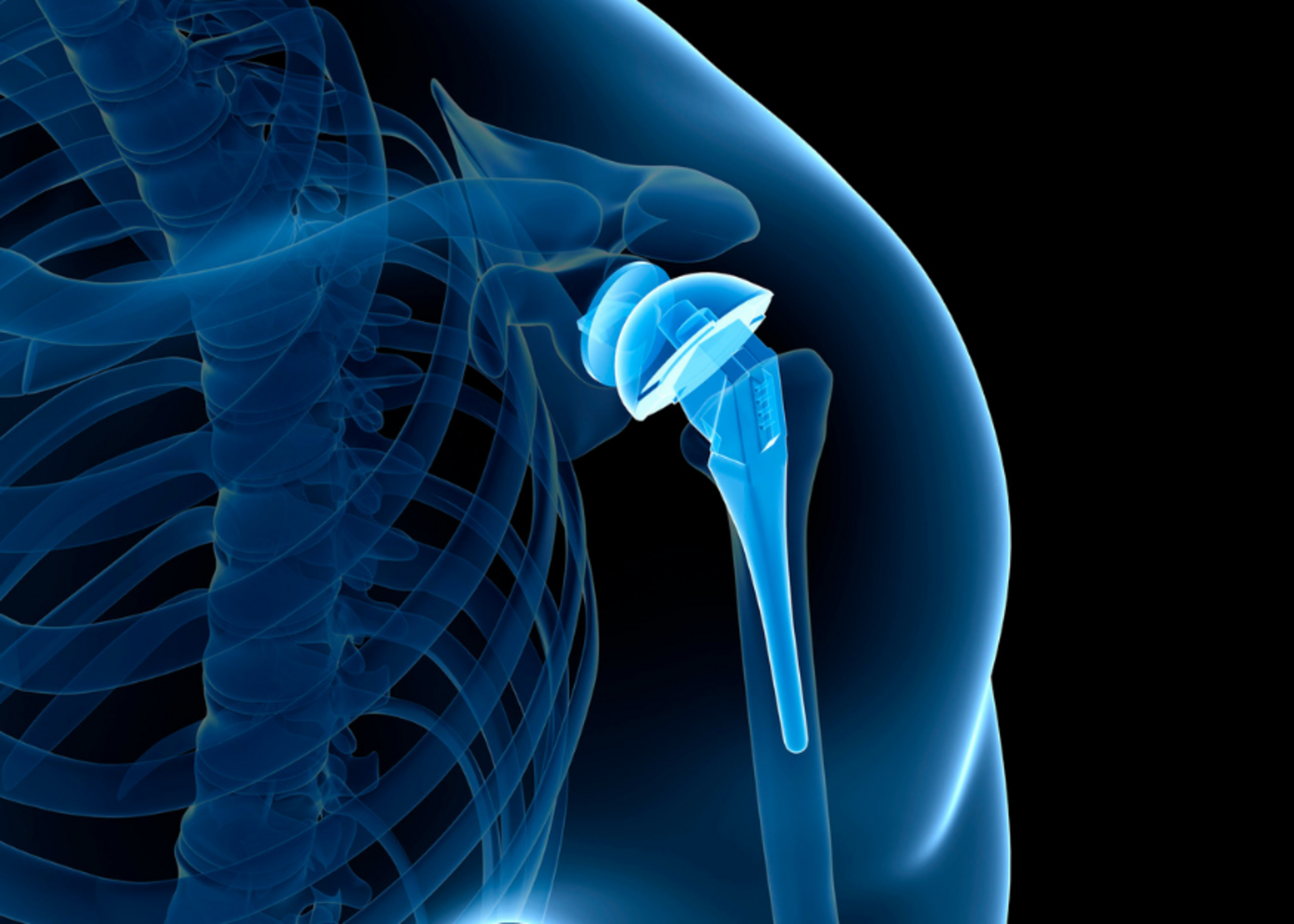Shoulder Replacement Surgery: Key Insights | Dr. Mayank Pathak
Shoulder pain and stiffness can make even the simplest tasks like reaching for an object or combing your hair a challenge. When conservative treatments fail, shoulder replacement surgery offers a reliable solution to restore function and alleviate pain. Dr. Mayank Pathak, a renowned Orthopaedic and Joint Replacement Surgeon in Kharadi, Pune, shares insights into this transformative procedure.

What is Shoulder Replacement Surgery?
Shoulder replacement surgery involves replacing the damaged parts of the shoulder joint with artificial implants. The procedure is designed to restore joint function, relieve pain, and improve overall shoulder mobility.
The shoulder joint consists of three main components:
- The humeral head (ball of the upper arm bone).
- The glenoid (socket in the shoulder blade).
- The rotator cuff muscles and tendons, which facilitate movement.
When these components are severely damaged, replacement surgery becomes a viable option.
Conditions That May Require Shoulder Replacement
Several conditions can lead to shoulder damage and necessitate surgery:
- Osteoarthritis: Wear-and-tear arthritis leading to cartilage degeneration.
- Rheumatoid Arthritis: Chronic inflammation causing joint damage.
- Severe Fractures: Trauma leading to irreparable shoulder bone damage.
- Rotator Cuff Tear Arthropathy: Severe rotator cuff injuries causing joint dysfunction.
- Avascular Necrosis: Bone tissue death due to reduced blood supply.
Types of Shoulder Replacement Surgeries
Dr. Mayank Pathak explains the different types of shoulder replacement surgeries tailored to specific patient needs:
1. Total Shoulder Replacement
The damaged ball (humeral head) and socket (glenoid) are replaced with metal and plastic implants.
Best suited for patients with severe arthritis and intact rotator cuff tendons.
2. Reverse Shoulder Replacement
The ball-and-socket configuration is reversed: a metal ball is placed on the socket, and a plastic cup is placed on the arm bone.
Ideal for patients with large rotator cuff tears or cuff tear arthropathy.
3. Partial Shoulder Replacement
Only the humeral head is replaced with an implant.
Recommended for patients with isolated damage to the ball of the joint.
4. Shoulder Resurfacing
Involves capping the humeral head with a smooth metal covering without replacing the socket.
Preserves more bone and is suitable for younger patients with early-stage arthritis.
Benefits of Shoulder Replacement Surgery
Pain Relief: Significant reduction in chronic shoulder pain.
Improved Mobility: Restores the ability to perform daily activities.
Enhanced Strength: Better support and movement with a functional joint.
Long-Lasting Results: Modern implants provide durability for 15–20 years or more.
The Procedure: What to Expect
- Pre-Surgery Preparation:
Comprehensive evaluation, imaging tests (X-rays or MRIs), and preoperative physiotherapy. - Surgery:
Performed under general anesthesia. - The damaged parts of the shoulder joint are removed and replaced with prosthetic components.
Post-Surgery Recovery:
- Physical therapy begins soon after surgery to regain strength and mobility.
- Recovery typically takes 3–6 months, depending on the type of surgery and the patient’s adherence to rehabilitation.
If you experience the following symptoms, it may be time to consult Dr. Mayank Pathak:
- Persistent pain that interferes with daily activities.
- Limited range of motion despite conservative treatments.
- Difficulty sleeping due to shoulder discomfort.
- Joint stiffness or instability.
Advanced Techniques by Dr. Mayank Pathak
Dr. Pathak specializes in the latest techniques for shoulder replacement surgery, including:
- Minimally Invasive Procedures: Smaller incisions for faster recovery.
- Robotic-Assisted Surgery: Enhanced precision for better outcomes.
- Customized Implants: Tailored to fit the patient’s anatomy for optimal function.
Tips for Maintaining Shoulder Health Post-Surgery
- Follow your physical therapy program diligently.
- Avoid heavy lifting or sudden jerking movements.
- Maintain a healthy weight to reduce stress on the joints.
- Regularly consult your orthopaedic surgeon for follow-ups.
Shoulder replacement surgery can be a life-changing solution for those suffering from chronic shoulder pain and immobility. Dr. Mayank Pathak, with his expertise in orthopaedic and joint replacement surgery, offers personalized care and advanced surgical solutions to help you regain mobility and improve your quality of life.
Schedule Your Consultation
Visit Dr. Mayank Pathak at his clinic in Kharadi, Pune, to explore shoulder replacement options and take the first step toward a pain-free future.
Read More:
DAYCARE, FAST TRACK TOTAL KNEE REPLACEMENT (TKR) SURGERY? |Dr. Mayank Pathak
Comprehensive Guide to Joint Replacement Surgery | Dr Mayank Pathak
Read More:
DAYCARE, FAST TRACK TOTAL KNEE REPLACEMENT (TKR) SURGERY? |Dr. Mayank Pathak
Comprehensive Guide to Joint Replacement Surgery | Dr Mayank Pathak
Book Appointment